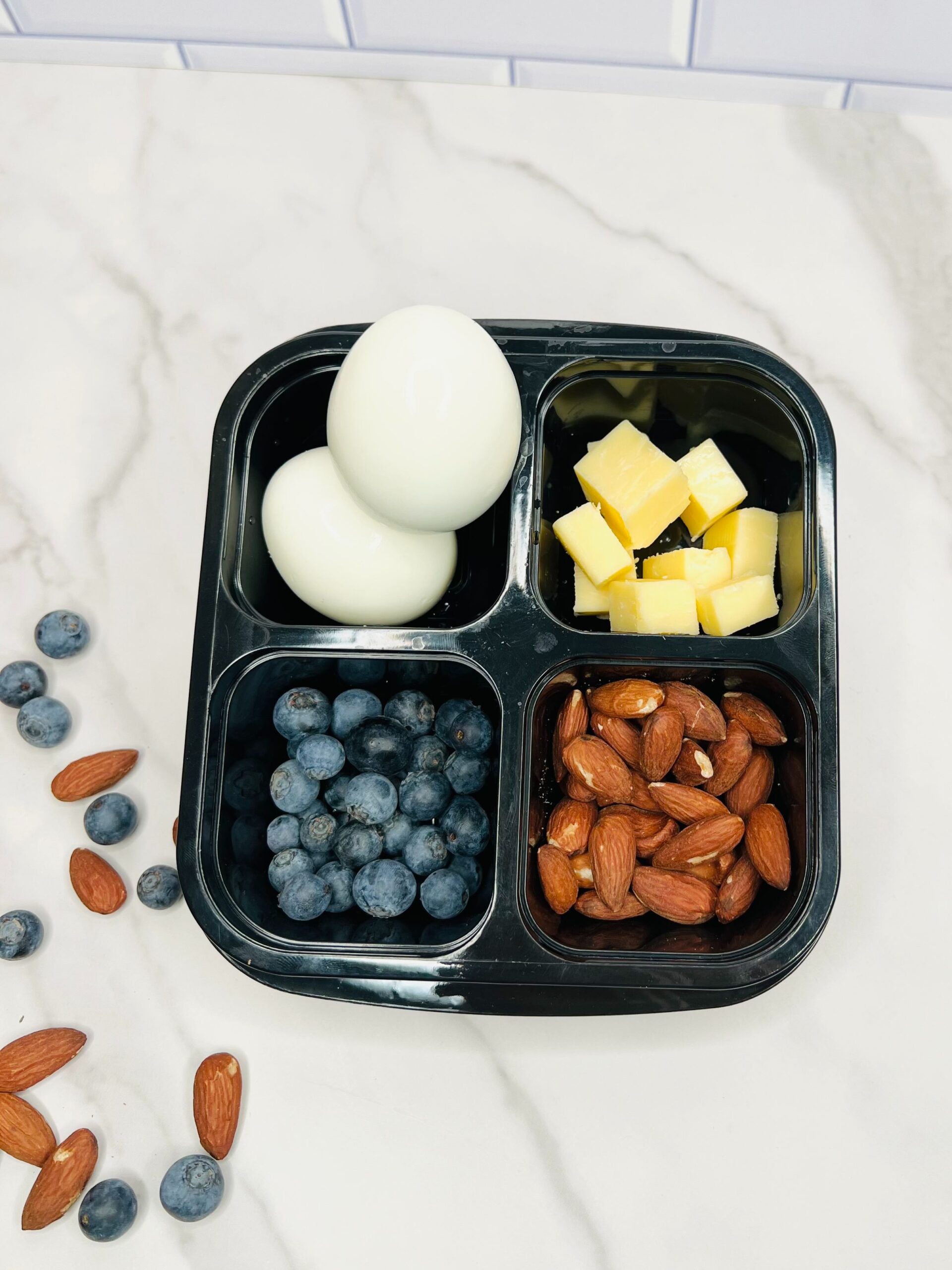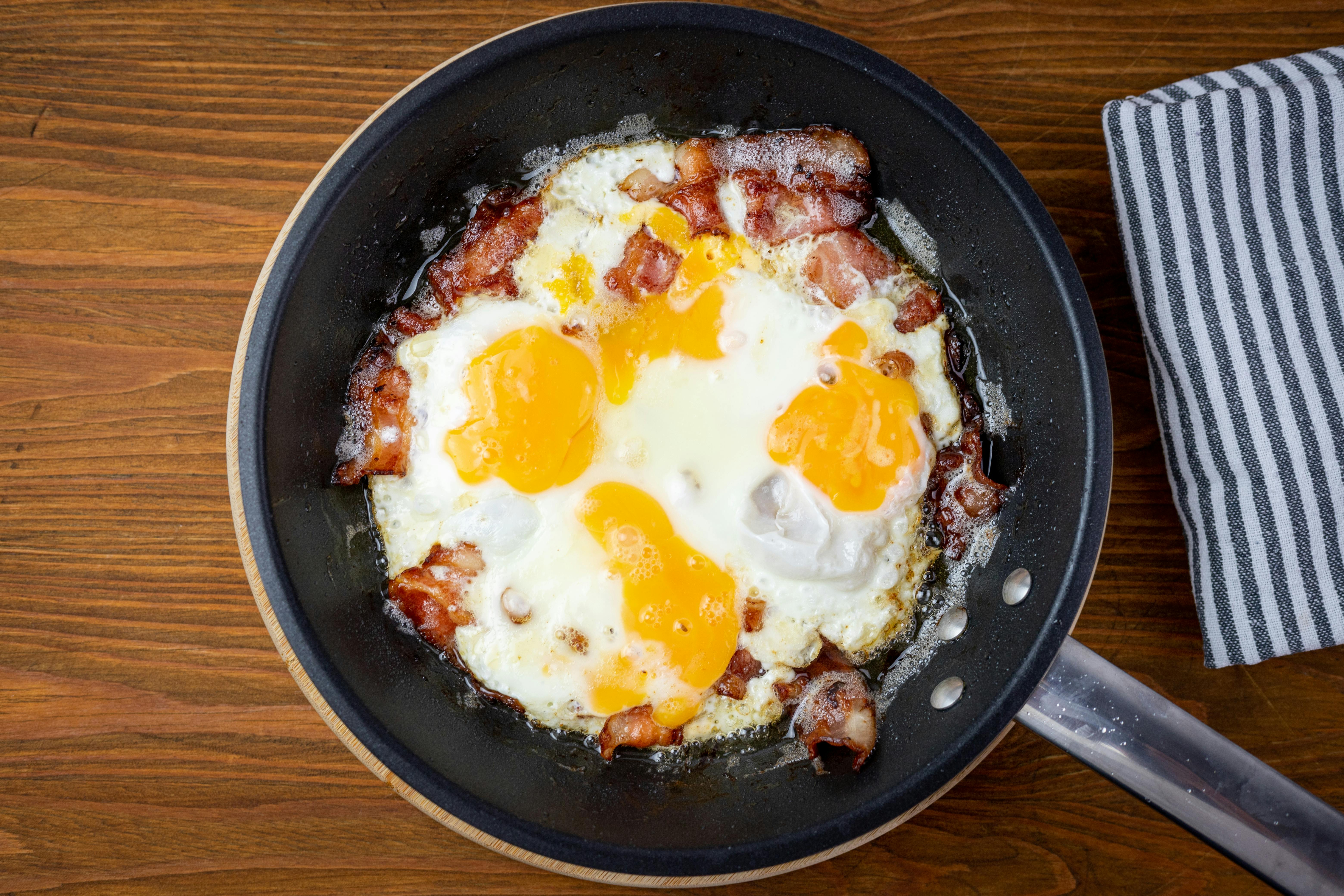Paleo vs Keto: Improve Your Diet in 2025

In recent years, the **paleo diet** and **keto diet** have gained popularity among those looking to improve their health and achieve weight loss goals. Each diet has its unique principles and benefits, but they also share similarities that make them appealing for various lifestyles. This comprehensive guide aims to clarify the differences and similarities between the two diets so you can make informed choices. By understanding the **paleo vs keto differences** and finding a plan that suits your personal needs, you can enhance your overall wellness journey.
Understanding the Paleo and Keto Diets
The **paleo lifestyle** is rooted in eating behaviors consistent with what our ancestors consumed during the Paleolithic era. This includes whole foods such as fruits, vegetables, lean meats, nuts, and seeds while avoiding processed foods, refined sugars, and grains. On the other hand, the **keto diet**, or **ketogenic diet**, focuses on a high-fat, low-carb approach that aims to induce ketosis — a metabolic state where the body burns fat for fuel instead of carbohydrates.
Paleo Principles
The principles of the **paleo diet** are straightforward. It emphasizes consuming **paleo compliant foods** like meat, fish, eggs, nuts, seeds, and most fruits and vegetables. Dairy products, legumes, and grains are typically excluded from the diet. This dietary choice is believed to simplify nutrition by prioritizing whole foods that are less processed and nutrient-dense. Moreover, advocates claim that it supports easier digestion and promotes better energy levels. Individuals adopting a paleo lifestyle often try **paleo meal prep ideas** to maintain healthy eating habits throughout the week.
Keto Principles
The **keto diet** is often defined by its macronutrient requirements, comprising approximately 70-80% fat, 10-20% protein, and only 5-10% carbohydrates. Essential **keto ingredients** include fatty foods like avocados, nuts, seeds, dairy, meat, and low-carb vegetables. The ultimate goal of the **ketogenic diet** is to prompt the body into ketosis, where it shifts its primary energy source from carbohydrates to fat. Successful adherents rely on **keto meal plans** to keep their carbohydrate intake low while still enjoying delicious and satisfying foods.
Key Differences Between Paleo and Keto
The first key difference lies in the **carbohydrate restrictions**. While keto significantly limits carbs to enable ketosis, paleo permits healthy carbohydrates primarily from fruits and vegetables. On the other hand, the fats consumed in the keto diet must come from high-fat sources, whereas the paleo diet encourages a balanced intake with no default emphasis on excessive fats. Additionally, paleo adherents may consume more fruits, which deliver natural sugars, while keto enthusiasts avoid most high-sugar fruits to retain low-carb levels. Understanding these differences between **paleo and keto health** is crucial for picking a suitable approach to health improvement.
Health Benefits of Paleo vs. Keto
Both diets present unique **health benefits** attributed to their differing nutritional frameworks that may appeal to various individuals seeking to improve their overall well-being. Let’s explore these health benefits in greater detail.
Health Benefits of Paleo
The **health benefits of paleo** can be profound, especially for individuals aiming for weight loss or overall health improvement. Rich in nutrients from whole foods, the paleo diet can improve metabolic rates, support weight loss efforts by reducing processed sugar intake, and enhance overall energy levels. Plus, its focus on whole foods means you’re receiving ample vitamins and minerals that aid digestion, support heart health, and improve skin. Many success stories illustrate how following the paleo diet helped individuals achieve their **paleo weight loss** goals within weeks or months of adopting this lifestyle.
Health Benefits of Keto
Conversely, the **health benefits of keto** include effective weight loss through fat-burning, improved hunger management through a satiating high-fat intake, and potential enhancements in mental clarity. Additionally, many people have experienced successful management of conditions like diabetes, epilepsy, and even some neurological diseases while following a ketogenic approach. A significant number of individuals note positive feedback regarding **ketogenic weight loss**, showcasing not just rapid weight loss but also an increase in overall stamina and energy levels throughout the day.
Common Myths and Misunderstandings
Both diets come with their set of misconceptions. For instance, **paleo myths** often depict the diet as too simplistic or restrictive. In reality, the paleo diet emphasizes choice and variety within the confines of whole, unprocessed foods. Similarly, **keto myths** suggest that high-fat diets are unhealthy, but research indicates that healthy fats contribute positively to heart health and weight management. Understanding these misconceptions about the **paleo and keto diets** can help individuals better navigate their dietary journeys. Educating yourself on the **paleo nutrition** and **keto nutrition** can combat these myths effectively.
Practical Tips for Success on Paleo and Keto
Transitioning to either a paleo or keto diet requires planning, creativity, and commitment. Below are tips to achieve success in both diets effortlessly.
Paleo Cooking Tips
When preparing **paleo meals**, focus on whole food ingredients. Incorporate **paleo approved foods** into your diet, such as grass-fed meats, wild-caught fish, seasonal vegetables, and fresh fruits. Planning meals ahead of time using **paleo meal ideas for weight loss** can help you stick to the diet. Experiment with different **paleo recipes** that include spices and marinades to enhance flavors without compromising the nutritional quality of your meals.
Keto Cooking Tips
Adopting the **keto lifestyle** can be fulfilling when embracing fat instead of relying on carbs. Utilizing cooking techniques like roasting and grilling can help maintain flavor while minimizing carbohydrate content. Experiment with **keto snacks under 100 calories** and investigate low-carb alternatives for popular recipes. Additionally, utilizing apps to track your macros can aid in achieving your daily fat and carbohydrate intake goals effectively.
Paleo vs Keto Meal Prep
Meal prep is essential to maintaining adherence to both diets. For paleo, **paleo meal prep ideas** can include making large batches of chicken stir-fry loaded with vegetables or prepping nut-based snacks for on-the-go energy boosts. For keto, consider **keto meal prep ideas** like preparing egg muffins with bacon and cheese or zucchini noodles topped with pesto and grilled chicken. Both strategies reduce decision fatigue and help ensure you're meeting your dietary goals.
Key Takeaways
- The **paleo diet** focuses on whole foods similar to what early humans consumed, while the **keto diet** prioritizes high-fat, low-carb foods to induce ketosis.
- Both diets offer unique health benefits, including weight loss and improved energy levels, but differ in carbohydrate and fat intake.
- Common myths surrounding both diets can mislead potential dieters; proper education is key to success.
- Effective meal prep and mindful cooking can aid in sticking to either dietary plan, enhancing chances of long-term adherence.
FAQ
1. Which diet is better for weight loss, paleo or keto?
While both diets can promote weight loss, studies suggest that the **keto diet** may lead to quicker initial weight loss due to its fat-burning capabilities. However, **paleo diets** can yield sustainable results by fostering healthy eating habits. Ultimately, the best choice depends on individual preferences and lifestyle factors.
2. Can you do keto while following paleo principles?
Yes, it is possible to combine aspects of both diets by focusing on healthy fats, low-carb vegetables, and avoiding processed and unhealthy ingredients. This approach allows you to enjoy the flexibility and benefits of both lifestyles.
3. Are there any risks associated with keto and paleo diets?
Both diets can present challenges, including nutrient deficiencies if not well-planned. It's essential to ensure proper **nutrient intake**, particularly in the keto diet, where low-carb vegetable intake may be limited. Consulting a health professional can help mitigate these risks.
4. How can I transition from keto to paleo or vice versa?
Transitioning between diets becomes easier with a planned approach. Gradually reintroduce foods as you shift from keto to paleo or simplify your fat intake when going from paleo to keto. Tracking your dietary changes through meal prep and recipes will also help maintain balance.
5. What are some easy paleo and keto meal ideas?
For paleo, consider meals like grilled salmon with asparagus and a spinach salad; for keto, try zucchini noodles with marinara topped with meatballs. Both diets offer numerous options that are easy to prepare while being satisfying and nutritious.
